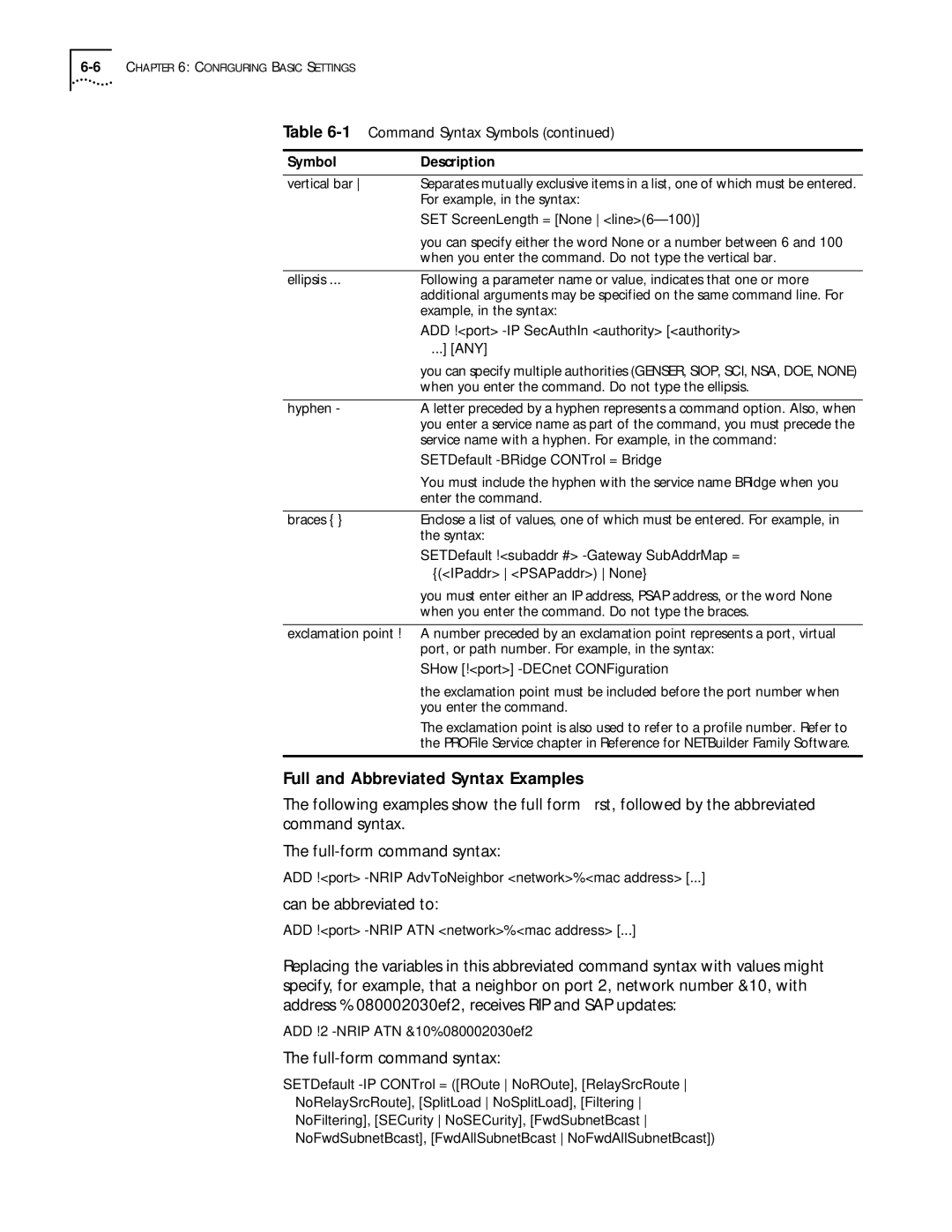
Table 6-1 Command Syntax Symbols (continued)
Symbol | Description |
|
|
vertical bar | Separates mutually exclusive items in a list, one of which must be entered. |
| For example, in the syntax: |
| SET ScreenLength = [None |
| you can specify either the word None or a number between 6 and 100 |
| when you enter the command. Do not type the vertical bar. |
|
|
ellipsis ... | Following a parameter name or value, indicates that one or more |
| additional arguments may be specified on the same command line. For |
| example, in the syntax: |
| ADD !<port> |
| ...] [ANY] |
| you can specify multiple authorities (GENSER, SIOP, SCI, NSA, DOE, NONE) |
| when you enter the command. Do not type the ellipsis. |
|
|
hyphen - | A letter preceded by a hyphen represents a command option. Also, when |
| you enter a service name as part of the command, you must precede the |
| service name with a hyphen. For example, in the command: |
| SETDefault |
| You must include the hyphen with the service name BRidge when you |
| enter the command. |
|
|
braces { } | Enclose a list of values, one of which must be entered. For example, in |
| the syntax: |
| SETDefault !<subaddr #> |
| {(<IPaddr> <PSAPaddr>) None} |
| you must enter either an IP address, PSAP address, or the word None |
| when you enter the command. Do not type the braces. |
exclamation point ! A number preceded by an exclamation point represents a port, virtual port, or path number. For example, in the syntax:
SHow [!<port>] -DECnet CONFiguration
the exclamation point must be included before the port number when you enter the command.
The exclamation point is also used to refer to a profile number. Refer to the PROFile Service chapter in Reference for NETBuilder Family Software.
Full and Abbreviated Syntax Examples
The following examples show the full form first, followed by the abbreviated command syntax.
The
ADD !<port>
can be abbreviated to:
ADD !<port>
Replacing the variables in this abbreviated command syntax with values might specify, for example, that a neighbor on port 2, network number &10, with address %080002030ef2, receives RIP and SAP updates:
ADD !2
The
SETDefault
NoRelaySrcRoute], [SplitLoad NoSplitLoad], [Filtering
NoFiltering], [SECurity NoSECurity], [FwdSubnetBcast
NoFwdSubnetBcast], [FwdAllSubnetBcast NoFwdAllSubnetBcast])
